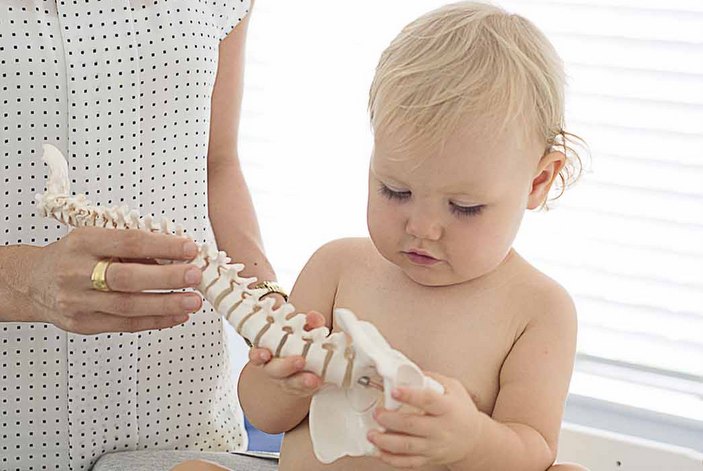Complementary and Alternative Medicine Use by Children with Pain in the United States
Complementary and Alternative Medicine Use by Children with Pain in the United States
SOURCE: Acad Pediatr. 2017 (Feb 20). pii: S1876-2859(17)30063-3
Cornelius B. Groenewald, MBChB, Sarah E. Beals-Erickson, PhD, Jaime Ralston-Wilson, DAOM, LAc, Jennifer A. Rabbitts, MB, ChB, Tonya M. Palermo, PhD
Department of Anesthesiology and Pain Medicine,
University of Washington School of Medicine and Seattle Children’s Hospital.
M/S MB.11.500, 4800 Sand Point Way NE,
Seattle, WA 98105, USA.
OBJECTIVE: Chronic pain is reported by 15-25% of children. Growing evidence from clinical samples suggests that complementary and alternative medicine (CAM) therapies are desired by families and may benefit some children with pain conditions. The objective of this study is to provide estimates of CAM use by children with pain in the United States.
METHODS: We analyzed data from the 2012 National Health Interview Survey (NHIS) to estimate patterns, predictors, and perceived benefits of CAM use among children 4-17 years of age with and without painful conditions in the US. We used χ2 tests to compare the prevalence rates of CAM use among children with pain to CAM use among children without pain. Multivariable logistic regression was used to examine factors associated with CAM use within the group of children with pain conditions.
RESULTS: Parents reported that 26.6% of children had pain conditions (e.g. headache, abdominal, musculoskeletal pain) in the past year; of these children, 21.3% used CAM. In contrast only 8.1% of children without pain conditions used CAM (χ2: p<.001). CAM use among children with pain was associated with female sex (adjusted odds ratio (aOR)=1.49, p=0.005), higher income (aOR=1.61, p=0.027), and presence of 4+ comorbidities (aOR=2.01, p=0.013). Among children with pain who used CAM the 2 most commonly used CAM modalities were biologically-based therapies (47.3%) (e.g., special diets and herbal supplements) and manipulative or body-based therapies (46.3%) (e.g., chiropractic and massage).
There are more articles like this @ our:
Chiropractic Pediatrics Page and the:

